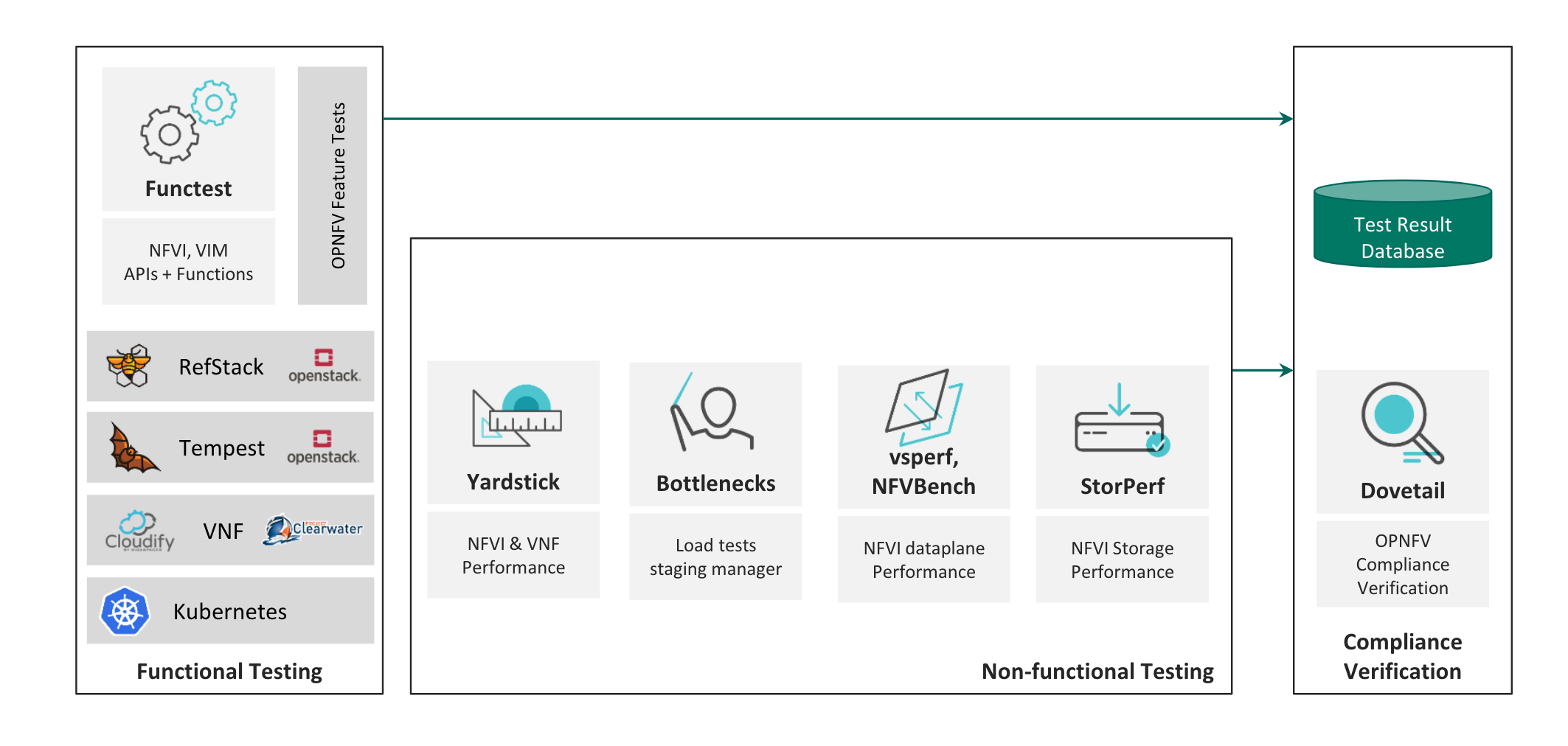As the number of open-source projects booms, so does the need for resiliency and interoperability testing.
The Open Platform for NFV (OPNFV) community spent about four years of collective brainpower developing testing tools that can come in handy for open-source projects.
These tools can be run against many different types of deployments as well as test different components of a system (VIM, Vswitch, storage, etc.). They can also perform different types of testing including infrastructure verification, feature validation, stress and resiliency testing, performance benchmarking and characterization.
OPNFV is a collaborative open-source platform for network functions virtualization. This niche specialty — even in the open-source community — explains why people from other communities weren’t aware what was being developed in this “weird telco NFV domain” says Georg Kunz, a senior systems designer at Ericsson, who gave a talk about the tools at the Berlin Summit. “That’s a little unfortunate. Most of the test cases and tools that we’ve developed and the methodology around them is actually valuable for for everybody.”
Here’s a brief overview of the three areas in the OPNFV testing ecosystem. Functional testing, called func test “a fairly evolved and fairly flexible framework,” that offers pre-integrated upstream test tools including RefStack,Tempest, OPNFV- specific VNF tests and application-level Kubernetes. 
Func test is built around an internal framework called cross testing that allows users to hook in different test components and describe how to call them. It focuses on the API level layer of either your OpenStack or Kubernetes deployment and basically treats the system underneath as a black box, basically just talking to the API. Func test is a series of Docker containers split up according to test tier – health check, smoke testing and so on. The other two testing areas are non-functional testing to measure system performance and characteristics: Yardstick (NFVI and VNF performance) Bottlenecks (load tests, staging manager), Vsperf (NFVI dataplane performance and StorPerf (NFVI storage performance). And, finally, compliance verification with Dovetail.
Kunz also says that in addition to trying out these tools the community hopes to have input and feedback.Check out the OPNFV test working group, or through the mailing list using the project name with hashtag.
For more, watch the whole presentation here or the download the slides.
- Exploring the Open Infrastructure Blueprint: Huawei Dual Engine - September 25, 2024
- Open Infrastructure Blueprint: Atmosphere Deep Dive - September 18, 2024
- Datacomm’s Success Story: Launching A New Data Center Seamlessly With FishOS - September 12, 2024

)










